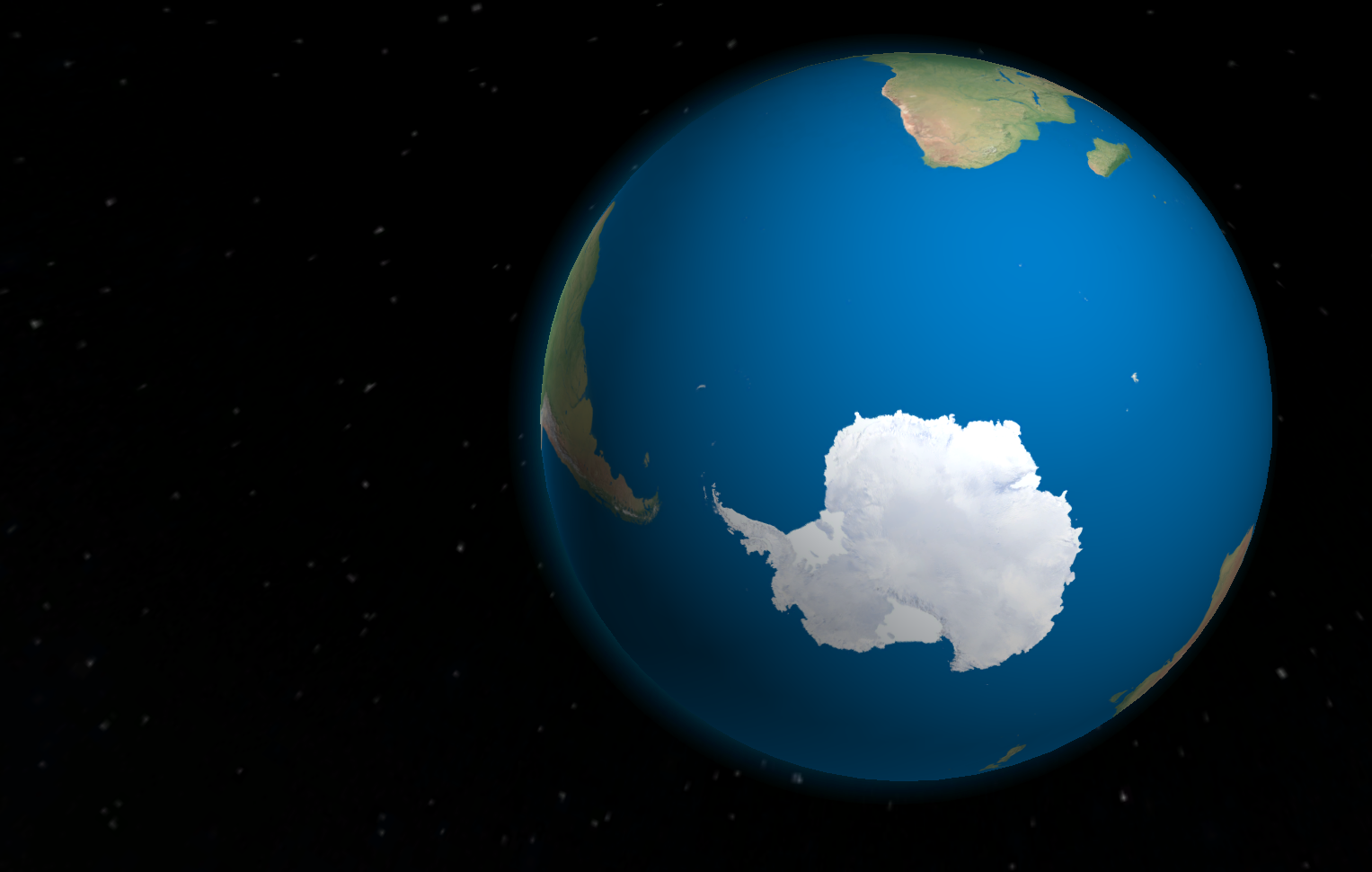
🛰️ Ozone hole is the smallest on record since its discovery
Researchers at the British Antarctic Survey discovered the ozone hole in 1985.
Share this story!
“It’s great news for ozone in the Southern Hemisphere,” said Paul Newman, chief scientist for Earth Sciences at NASA's Goddard Space Flight Center in Greenbelt, Maryland.
The annual ozone hole reached its peak extent of 6.3 million square miles (16. 4 million square kilometers) on Sept. 8, and then shrank to less than 3.9 million square miles (10 million square kilometers) for the remainder of September and October, according to NASA and NOAA satellite measurements. During years with normal weather conditions, the ozone hole typically grows to a maximum area of about 8 million square miles in late September or early October.
Thirty-two years ago, the international community signed the Montreal Protocol on Substances that Deplete the Ozone Layer. This agreement regulated the consumption and production of ozone-depleting compounds. Atmospheric levels of man-made ozone depleting substances increased up to the year 2000.
Since then, they have slowly declined but remain high enough to produce significant ozone loss. The ozone hole over Antarctica is expected to gradually become less severe as chlorofluorocarbons— banned chlorine-containing synthetic compounds that were once frequently used as coolants—continue to decline.
Scientists expect the Antarctic ozone to recover back to the 1980 level around 2070.
Read more at NASA.
By becoming a premium supporter, you help in the creation and sharing of fact-based optimistic news all over the world.